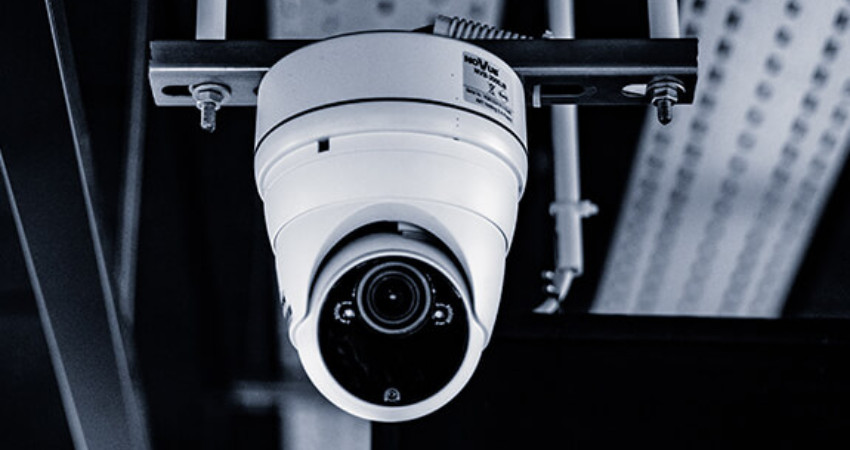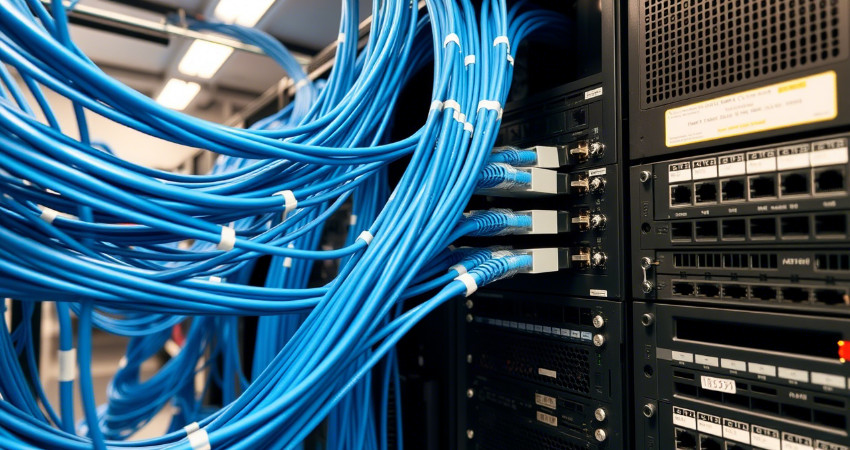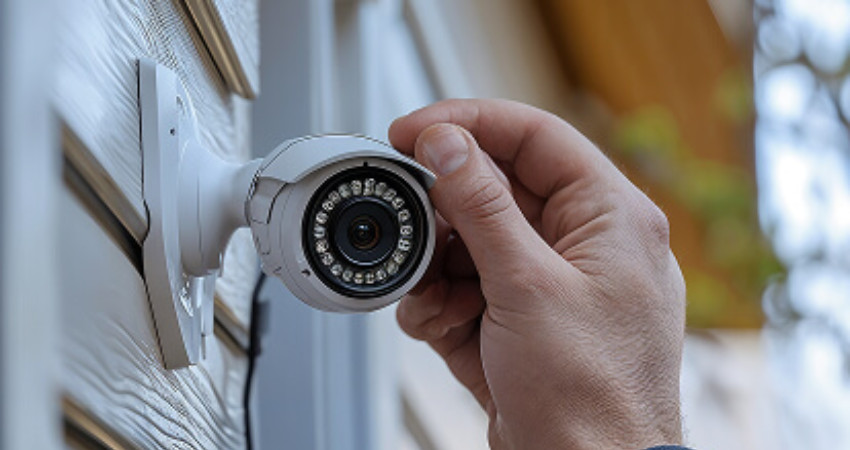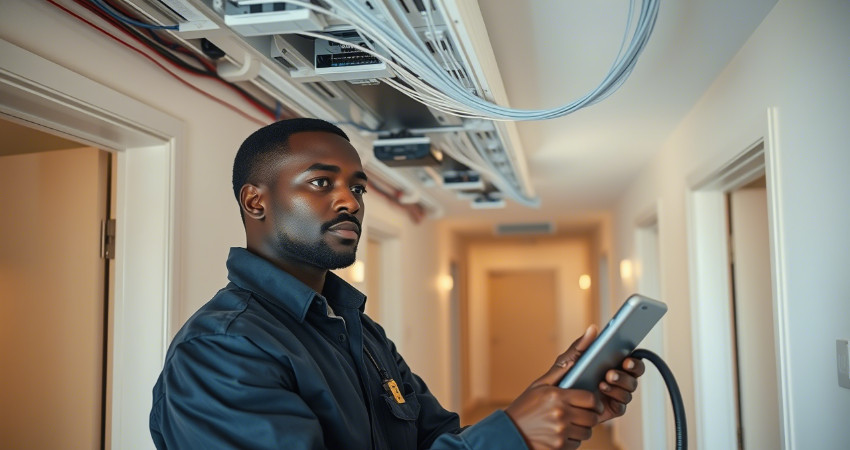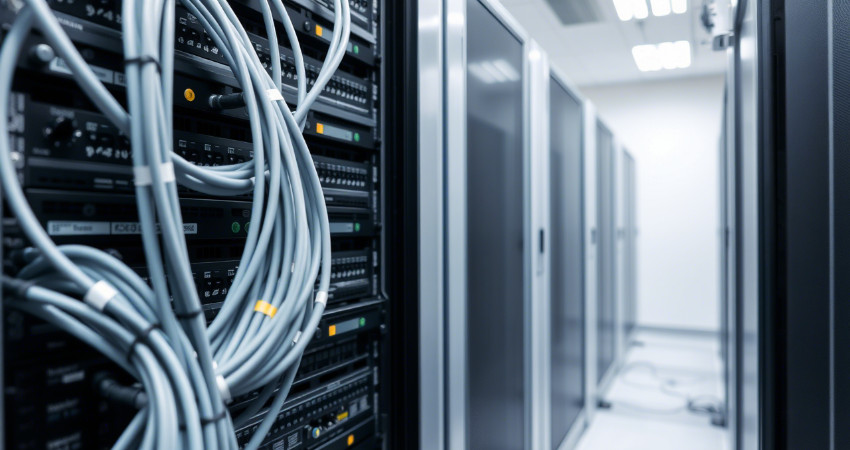
The Importance of Cable Management in Tech Installations
Messy cables don’t just look bad—they cause problems.
If you're setting up a tech system, whether it's for CCTV, networking, or access control, how you manage cables affects how that system performs, how long it lasts, and how easy it is to troubleshoot.
Cable management isn't extra work. It's part of doing the job right.
What Is Cable Management?
Cable management is the process of organizing and securing electrical or data cables during and after installation.
This includes:
- Planning routes for cables
- Using trunking, conduit, or trays
- Labeling cables
- Keeping power and data cables separate
- Securing slack and avoiding tangles
Whether you're installing fiber, CAT6, or coaxial cable, how you manage it matters.
Why Cable Management Matters
1. Faster Troubleshooting
When something goes wrong, you want to find the issue fast.
With neat, labeled cables:
- You can trace faults quickly
- You know which cable connects to which device
- You avoid unplugging the wrong thing
Example:
A small office in Nairobi had a camera feed issue. Because the cables were labeled and routed through a panel, it took 10 minutes to find the bad connection. Without that, it could’ve taken hours.
2. Reduced Downtime
Poor cable management leads to cable strain, accidental disconnections, and signal interference.
That means more system failures.
Organized cables stay secure. They don't tangle with moving furniture or get pulled when cleaning. That means fewer service calls and less downtime for your client—or your business.
3. Better Airflow and Safety
In server rooms or enclosed cabinets, messy cables block ventilation. That leads to overheating and equipment failure.
Loose cables on the floor are also trip hazards.
Good cable management:
- Keeps cables off the floor
- Leaves space for fans and ventilation
- Makes the area safer for everyone
4. Cleaner, More Professional Installations
Clients may not understand your wiring, but they know the difference between neat and messy.
A clean setup shows you care about detail. It builds trust and gives the impression that the system is reliable, even before it's powered on.
You can charge more when your work looks professional.
5. Easier Upgrades
Need to add a new access point or switch?
If your cables are already organized, upgrades are easy. You don’t waste time untangling wires or figuring out which line goes where.
Good cable management future-proofs your setup. You can expand without redoing the entire system.
Practical Tips for Better Cable Management
- Plan before pulling
Sketch out your cable paths. Know where each device goes and what type of cable it needs. - Use trunking or conduit
Hide and protect cables using proper casing. Avoid running cables loosely on walls or ceilings. - Label everything
Use printed labels or color-coded tags. Mark both ends of every cable. - Separate power and data lines
Avoid interference by running them in different ducts or at a safe distance. - Leave some slack—but not too much
Allow for movement or retraction, but avoid loops that can snag or tangle. - Secure with ties or Velcro
Bundle cables neatly. Use Velcro for easy changes and zip ties where permanent. - Document the setup
Create a simple map or diagram. It helps with training, handover, and support.
When It Goes Wrong
In one apartment block, an ISP ran cables for eight tenants without planning. The result?
- Hanging wires from the roof
- Drilled holes through random walls
- Tenants unplugging each other by mistake
They had to rip it out and start again, with structured trunking and better cable routing. Cost more. Took longer. All avoidable.
Is It Worth the Extra Time?
Yes.
Spending one more hour organizing your cables can save five hours of frustration later. And if you’re a contractor, it builds your reputation.
Tenants don’t want to see wires. Clients don’t want callbacks. You don’t want confusion.
Final Thought
Cable management is more than neatness. It saves time, avoids failure, and makes your work stand out.
If you're serious about quality installs, make it a habit, not an afterthought.

